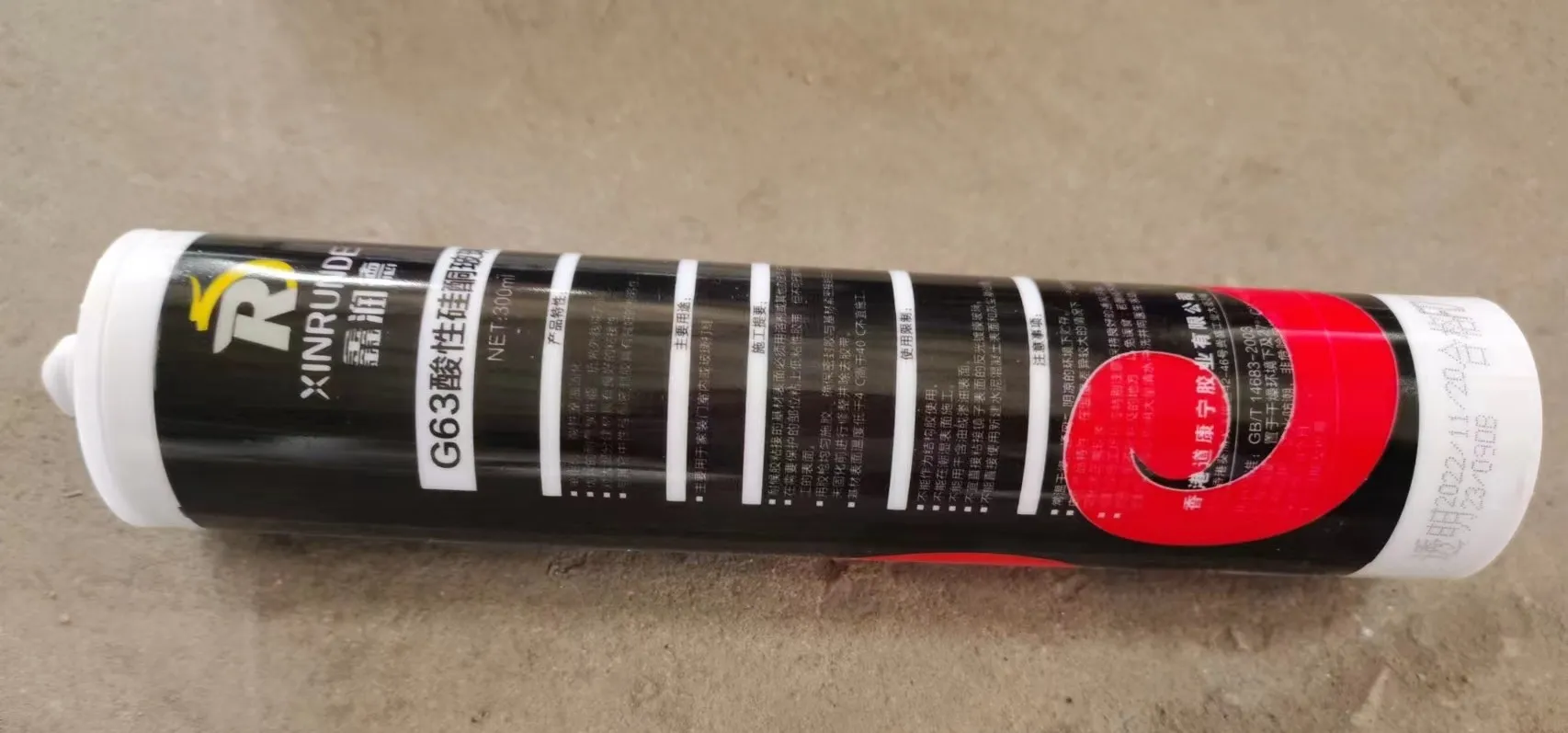loading...
- No. 9, Xingyuan South Street, Dongwaihuan Road, Zaoqiang County, Hengshui, Hebei, China
- admin@zjcomposites.com
- +86 15097380338
- Welcome to visit our website!
Exploring the Benefits and Applications of FRP Bars in Modern Construction Techniques
Understanding FRP Bars Revolutionizing Construction and Civil Engineering
In the ever-evolving world of construction and civil engineering, the demand for advanced materials that enhance durability, reduce weight, and offer corrosion resistance has led to the increasing use of Fiber Reinforced Polymer (FRP) bars. These innovative materials have garnered attention for their potential to revolutionize traditional reinforcement methods utilized in concrete structures.
What are FRP Bars?
FRP bars are composite materials made from a combination of fibers and a polymer matrix. Typically, they consist of glass fibers, carbon fibers, or aramid fibers embedded in a resin, which serves as the binding agent. This unique composition imparts several advantageous properties to FRP bars, making them an attractive alternative to conventional steel reinforcement bars.
Key Advantages of FRP Bars
One of the primary benefits of using FRP bars is their exceptional corrosion resistance. Unlike steel, which is prone to rust and degradation when exposed to moisture and environmental conditions, FRP bars maintain their mechanical integrity over time. This property is particularly valuable in environments such as coastal areas or industrial settings where exposure to chemicals and moist conditions can compromise structural materials.
Additionally, FRP bars are significantly lighter than their steel counterparts. This reduction in weight simplifies handling and installation processes, leading to lower transportation costs and easier labor management on construction sites. The lightweight nature of FRP bars does not compromise their strength; in fact, they can provide comparable or even superior tensile strength to steel, depending on the specific type of fiber used.
Moreover, the non-magnetic nature of FRP bars makes them suitable for applications in situations where magnetic interference is a concern, such as in certain medical facilities or data centers. Their low thermal conductivity is another asset that helps prevent issues related to heat transfer within structures.
frp bar

Applications in Construction
FRP bars are used in a wide range of construction applications. They are particularly effective in reinforcing concrete structures like bridges, parking garages, and wastewater treatment plants. Their resistance to chemical attacks makes them ideal for use in structures that are regularly exposed to harsh environments, such as marine structures or roads subjected to de-icing salts.
The use of FRP bars in seismic zones presents another compelling advantage. For new constructions or retrofitting existing structures, FRP can enhance the resilience of buildings against earthquakes. When integrated into the design, FRP bars can help improve ductility and energy absorption, crucial attributes for ensuring structural safety in seismic events.
Challenges and Considerations
Despite the significant advantages, the adoption of FRP bars is not without its challenges. One of the primary concerns is the initial cost; while the long-term savings may be substantial due to reduced maintenance and increased lifespan, the upfront investment can be higher compared to traditional steel reinforcement. Additionally, the bond between FRP bars and concrete can differ from that of steel, requiring adjustments in design and engineering practices.
Moreover, the knowledge and experience regarding the use of FRP materials are still evolving within the industry. Continuous research and development are essential to enhance the understanding of FRP performance in various conditions and to establish standardized practices for their application.
Conclusion
In conclusion, the advent of FRP bars presents an exciting opportunity to elevate construction practices through advanced materials science. With their remarkable properties, FRP bars offer solutions that promise enhanced durability, reduced maintenance, and improved safety in civil engineering projects. As the industry progresses and more professionals recognize the unique benefits of these composite materials, the potential for FRP bars to become a standard in construction continues to grow, paving the way for more sustainable and resilient infrastructure.
-
Premium FRP Handrail for All ApplicationsNewsAug.29,2025
-
Low Maintenance FRP Mini Mesh Grating ProductsNewsAug.29,2025
-
Innovative FRP Square Tubes for Modern Industrial SolutionsNewsAug.29,2025
-
FRP Water Storage Tanks Wholesale Solutions for Bulk BuyersNewsAug.29,2025
-
FRP Molded Grating Solutions for Diverse Industrial ApplicationsNewsAug.29,2025
-
Construction Advancements Through FRP Pultruded ProfilesNewsAug.29,2025
-
Why Choose FRP Railings, Guardrails, and Handrail Systems?NewsAug.29,2025
